How to Unlock Your Fucare Ebike’s Top Speed
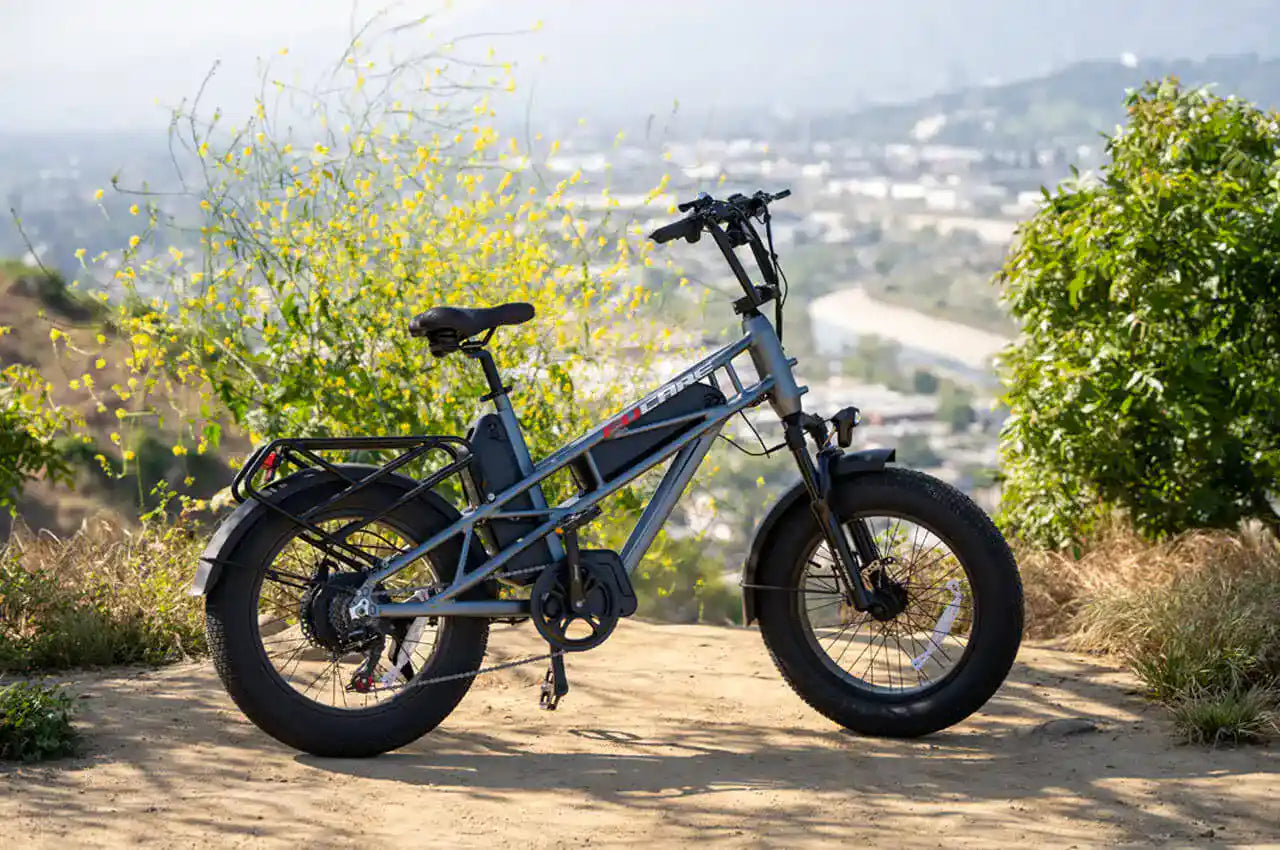
Think your Fucare ebike is stuck in slowpoke mode? Think again! These zippy rides actually come pre-programmed with a bit of a hidden reserve.
While they're shipped as Class 2 ebikes with a 20 mph limit, with a few tweaks, you can unlock their potential to become Class 3 beasts, reaching speeds of up to 28 mph. (Now, hush hush, they can technically hit 32 mph, but safety first, right? We don't want to tangle with the law.)
This guide will show you how to unlock the the speed limit on your Fucare ebike, but remember, with great power comes great responsibility! Always check your local regulations before hitting the open road at higher speeds.
How to Unlock the Speed Limit of Taurus?
Click here to watch the video tutorial
Step 1: Press and hold buttons "+" and "-" simultaneously for more than 2 seconds to enter the personalized parameter interface.

Step 2: Press the Button "+" to enter the 03P speed limit setting.

Step 3: Press the Button "i" to enter the parameter changing state.

Step 4: Press the button "+" "-"to select the parameter. The adjustable range of the instrument speed limit is 12-32 mile/h (20-51 km/h). The default parameter is 28 mile/h or 45km/h.

Step 5: Press and hold the button "i" simultaneously for more than 2 seconds to return to the boot interface.

Things to Keep in Mind Before You Unlock an E-Bike
When contemplating the decision to modify your e-bike for greater velocity, several critical considerations must be front and center in your mind. Embarking on such an endeavor without a thorough understanding of the implications can lead to unintended consequences.
Legal Compliance
It is imperative to recognize that overriding the manufacturer's speed settings to achieve faster travel rates often contravenes local regulations. This action can place you squarely on the wrong side of the law, leading to potential fines or more severe penalties. It's essential to familiarize yourself with the legal framework surrounding e-bike speed limits in your vicinity to avoid such pitfalls.
Impact of Speed on Range
Pushing your e-bike to operate at speeds beyond its designed capacity significantly increases power demand. This heightened energy requirement translates directly into more frequent charging sessions. Furthermore, the augmented power consumption necessitated by higher speeds diminishes the e-bike's range, curtailing the maximum distance achievable before the need for recharging arises.
Understanding Zoning and Speed Limits
Many bike paths, parks, and even designated e-bike lanes have specific speed limitations. Once you tamper with your e-bike's speed governor, these areas might become off-limits. Suddenly, your favorite scenic route or convenient commuting path could be inaccessible, forcing you to take less desirable routes.
Braking Capability
At elevated velocities, the distance required to come to a complete stop increases. This change could compromise your safety and that of others, especially in emergency situations where swift reactions are crucial. Ensuring your e-bike's braking system is capable of handling higher speeds is essential to maintain safety standards.
Electric Bike Speed Regulations in the US
While there's no nationwide speed limit for e-bikes, federal guidelines classify them based on motor power and assisted speed. E-bikes with a motor exceeding 750 watts or offering assisted speeds over 20 mph on throttle-only mode aren't considered bicycles under federal law.
Individual states and localities may have their own regulations further defining e-bike classifications and speed limits. It's crucial to check your local laws before cruising on your e-bike.
Here's a breakdown of the e-bike classifications:
- Class 1: Pedal Power Only: These e-bikes provide assistance up to 20 mph solely when you pedal.
- Class 2: Throttle and Pedal Assist (20 mph max): These e-bikes offer both pedal assistance and a throttle for a more relaxed ride, but the speed remains capped at 20 mph.
- Class 3: High-Speed Pedal Assist (28 mph max): These e-bikes offer pedal assistance only, but with a higher maximum assisted speed of 28 mph.
Class 1 and Class 2 are the most common e-bikes due to their simpler regulations and wider riding accessibility. They can often be used anywhere a traditional bike is allowed.
With their higher speeds, Class 3 e-bikes come with some limitations. Many states might restrict their use on bike paths or have minimum age requirements for riders.
Continue reading
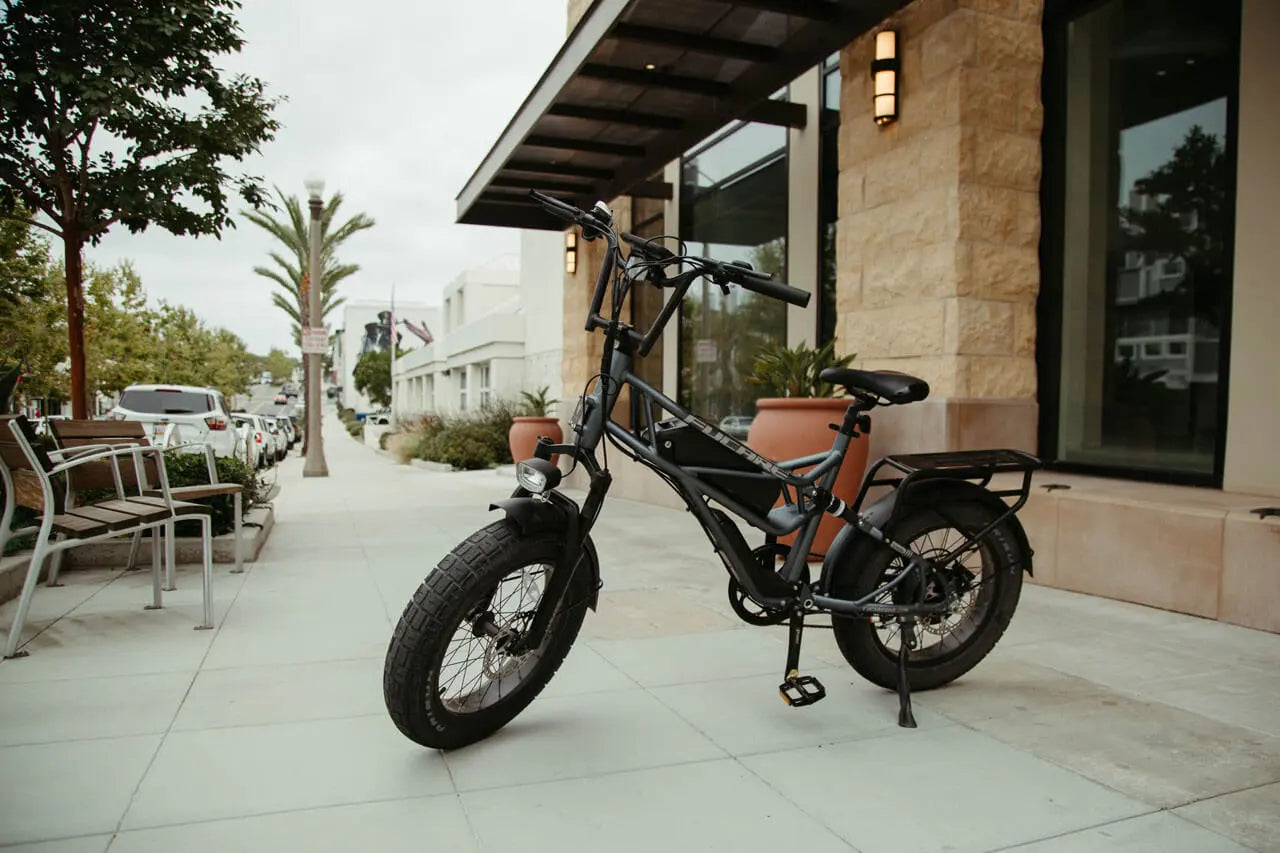
How Much Does It Cost To Charge An Electric Bike?






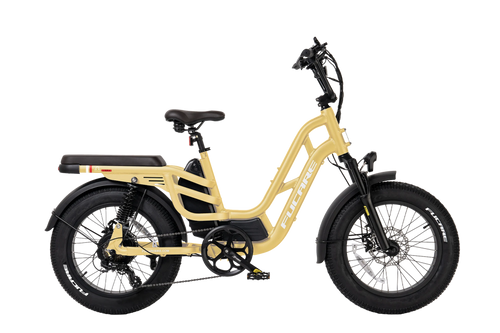
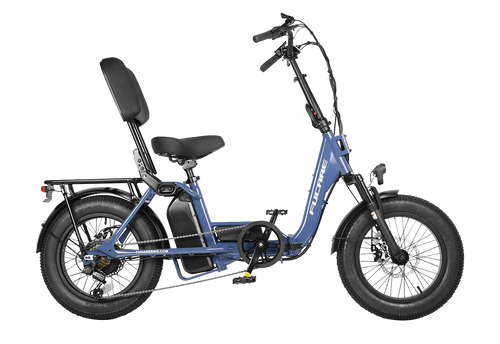
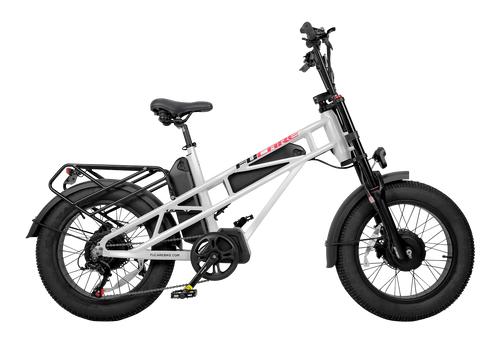
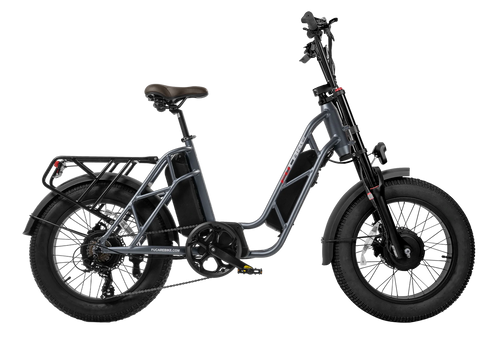
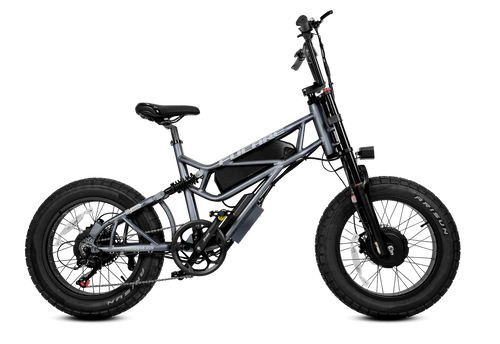


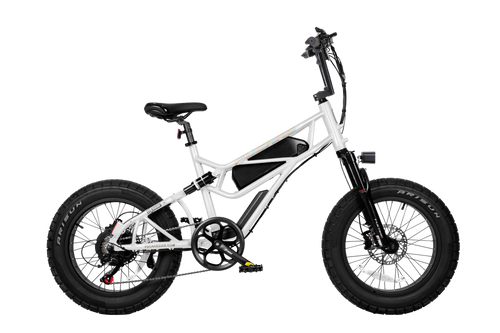



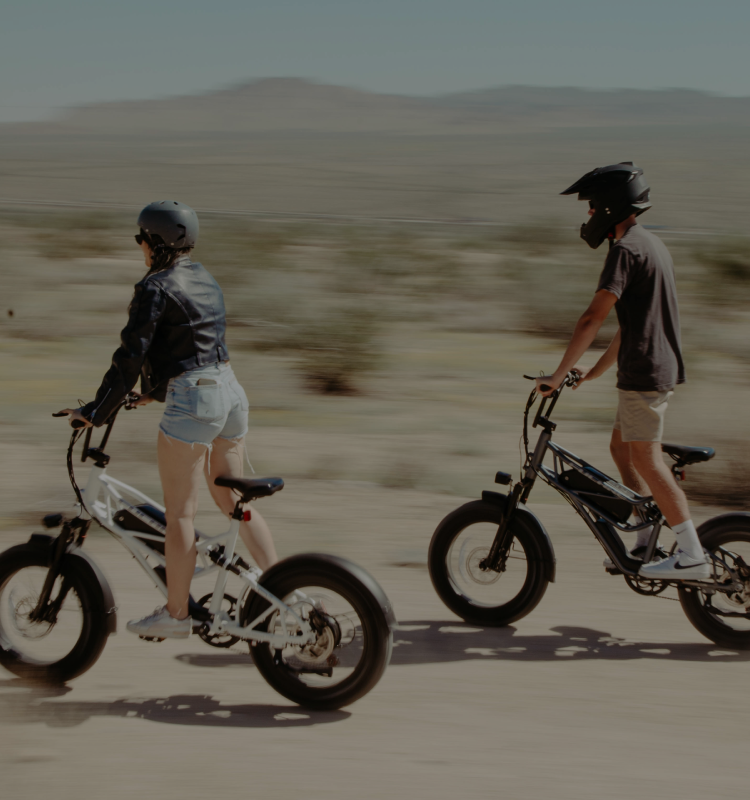
2 comments
Darnell
Hi there i was wondering if i can remove the speed limiter on the scorpio like i can with the gemini x ?
Thanks
Hi there i was wondering if i can remove the speed limiter on the scorpio like i can with the gemini x ?
Thanks
Darnell
Hi there i was wondering if i can remove the speed limiter on the scorpio like i can with the gemini x ?
Thanks
Hi there i was wondering if i can remove the speed limiter on the scorpio like i can with the gemini x ?
Thanks